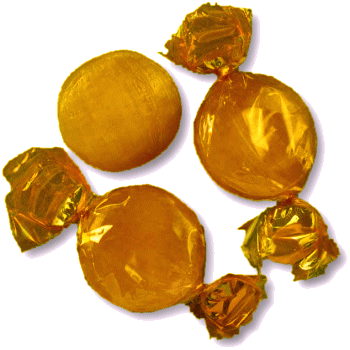




WELCOME TO An Entertainment Site for Scottish Country Dancers - Enjoy the curated selection of theme-related dances for celebrations and holidays, or find a dance associated with a special calendar day, or EVEN your own birthday!
Duke Kahanamoku surfing Waikiki
Surfing Day
Jun 15
Other Scottish Country Dances for this Day
Today's Musings, History & Folklore
"🎶 Don't be afraid to try the greatest sport around
Catch a wave, catch a wave!
Those who don't just have to put it down
You paddle out, turn around and raise
And baby that's all there is to the coastline craze
You gotta catch a wave and you're sittin' on top of the world."
~ "Catch a Wave", Beach Boys, 1963
"Hang ten" and "catch a wave", dancers, with this wavy 4 couple strathspey perfect for summer dancing in your dance hall or even on the sandy seashore! Starting with two of the surfing couples on opposite sides of the "shore" set, this dance finishes with a "shooting the curl" figure created by a "mirror rondel" with an arch!!
Surfing has ancient roots—Peruvian cultures were riding waves on reed watercraft over 5,000 years ago. But standing up on boards as we know it began with the Polynesians, especially in Hawaii, where heʻe nalu (“wave sliding”) was a sacred sport of the elite, connecting surfers with the spirit of the ocean.
Modern surfing took off in 1885 when four Hawaiian princes introduced it to California, riding redwood boards at the mouth of the San Lorenzo River in Santa Cruz. From there, the surfing craze spread quickly to both U.S. coasts, Australia, and the UK.
Today, even the chilly waters of Scotland have become a haven for surfers. Thurso East, on the north coast, is world-renowned for its powerful, perfectly peeling right-hand reef break—considered one of the best waves in Europe. Tiree in the Inner Hebrides, known as the "Hawaii of the North," offers gentler beach breaks ideal for all levels, while Coldingham Bay in the Borders draws a loyal community of cold-water surfers. Rugged, remote, and exhilarating, Scotland’s surf scene proves that the thrill of the wave knows no bounds.
Besides Newquay in Cornwall, surfing is also popular elsewhere in the UK at spots like Rhossili Bay in Wales, and Portrush in Northern Ireland, each offering world-class waves and scenic coastal backdrops.
For a bit of authenticity, maybe even consider a shout of "Cowabunga", "Gnarly", "Tubular" or other classic surf slang as you finish the final figure! 🏄 🏄 🏄 😎 🏖️ 💛 💙 💛
Riding the Wave
The "father of surfing," Duke Kahanamoku, born August 24, 1890 in Haleʻākala, Honolulu, was an American competition swimmer widely credited with spreading the sport of surfing.
His nickname, "The Big Kahuna" is taken from the Hawaiian word for a "priest, sorcerer, magician, wizard, minister, expert in any profession."
In his youth, Kahanamoku preferred a traditional surf board, which he called his "papa nui", constructed after the fashion of ancient Hawaiian "olo" boards. Made from the wood of a koa tree, it was 16 feet (4.9 m) long and weighed 114 pounds (52 kg). The board was without a skeg, which had yet to be invented.
At the 1912 Summer Olympics in Stockholm, he won a gold medal in the 100-meter freestyle, and a silver medal with the second-place U.S. team in the men's 4x200-meter freestyle relay. During the 1920 Olympics in Antwerp, he won gold medals both in the 100 meters and in the relay. He finished the 100 meters with a silver medal during the 1924 Olympics in Paris, with the gold going to Johnny Weissmuller and the bronze to Duke's brother, Samuel Kahanamoku.
Between and after Olympic competitions, Kahanamoku traveled internationally to give swimming exhibitions. It was during this period that he popularized the sport of surfing, previously known only in Hawaii, by incorporating surfing exhibitions into these visits as well. His surfing exhibition at Sydney's Freshwater Beach on December 24, 1914 is widely regarded as a seminal event in the development of surfing in Australia.
While living in Newport Beach, California on June 14, 1925, Kahanamoku rescued eight men from a fishing vessel that capsized in heavy surf while attempting to enter the city's harbor. 29 fishermen went into the water and 17 perished. Using his surfboard, he was able to make quick trips back and forth to shore to increase the number of sailors rescued. Two other surfers saved four more fishermen. Newport's police chief at the time called Duke's efforts "the most superhuman surfboard rescue act the world has ever seen."
For more on this famous surfer, click the vintage travel advertisement featuring "The Big Kahuna."
Click the dance cribs or description below to link to a printable version of the dance!





